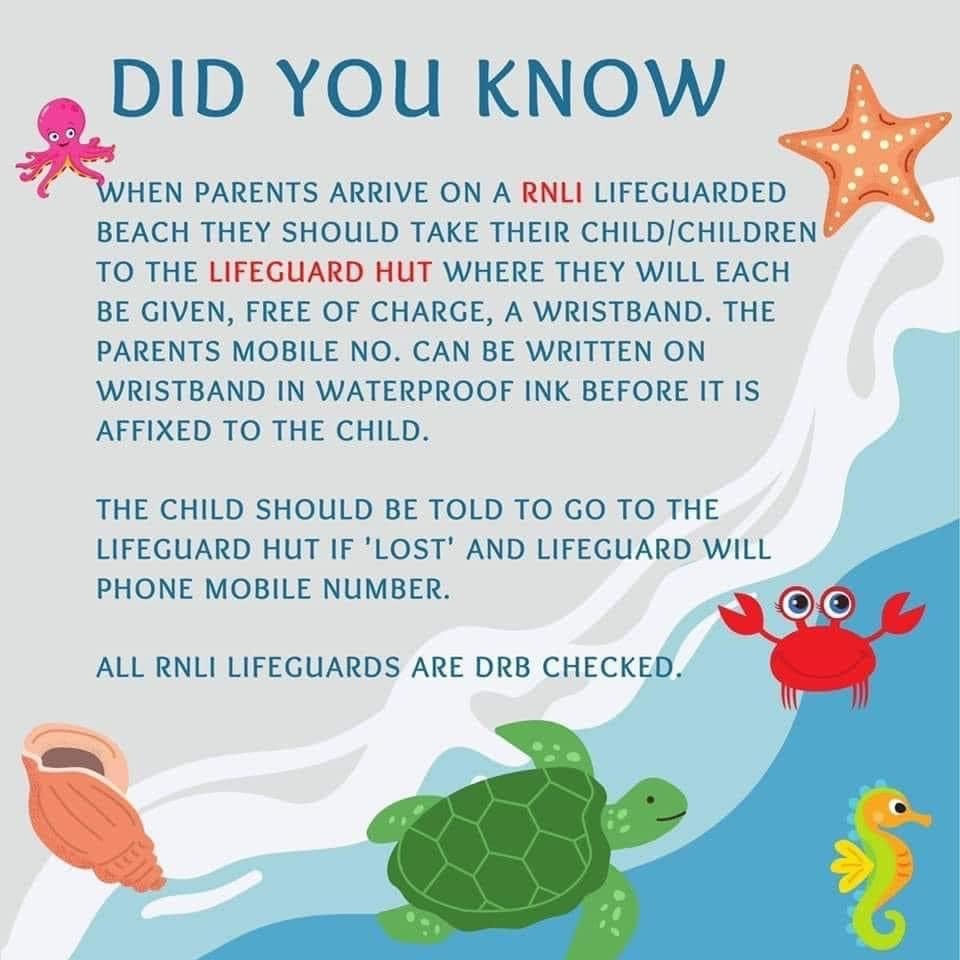One thing I have become increasingly aware of is the amount of serious accidents and even tragic deaths, I have heard about in the first year that we have lived in Cornwall. Unfortunately, most of them seem to be from those visiting on holiday and in the Sea.
It's important to know some tips for keeping safe.
Cliff edge and coastal walks
Quite a few deaths occur from people walking to close to the edge of the cliff. This may sound obvious but people don't neccessarily appreciate that some of the cliff edges may be unstable or how a strong gust of wind can just blow you off the edge. Some people have sadly lost their dogs over cliff edges too for the same reasons.
Best Advice: stay well away from the edge and make sure others are doing the same.
Safety in the Sea
Locals have learnt to respect the sea and it's power.
Make sure you check tide times so you don't get cut off on an isolated piece of beach - the tide comes in very quickly when it does.
Go to a beach with a lifeguard in attendance
Do not leave young children unattended
Don't use inflatables (lilos, rubber rings, etc) if possible - likelihood of drifting from shore
Know what the different flags mean...
Red and yellow flags - swim in-between these flags
Black and white flags - surf/body board in-between these flags
Red Flag - water is unsafe for everybody
Looking after Children on the beach:

In case of getting into difficulty or caught in a Rip tide:
One person will drown every 2 to 3 days this Summer - 90% of those fatalities will be rip-related.
The easiest thing to remember is that often the calmest and most enticing area along a beach is usually a rip. A rip is usually the area where there are no wave activity and appears darker and deceptively calmer.
Here are some pictures of Rips to help you spot one.

2. Always take 5-10 minutes when you get to the the beach to observe surf conditions and identify where these areas are.
3.If you get caught in a rip, DO NOT PANIC. Go into floating mode and raise one arm as a distress signal when possible. See which direction the rip is taking you, is is straight or at an angle? Once you have determined this, and if you have the energy, swim to the right or the left of the direction of flow, never against the flow. Even if you are an olympic swimmer, you won't be able to swim against the direction of the rip. Eventually the rip will spit you out if you are patient and calm, save your energy for the swim back to shore.
4. If you have kids, please show them these pictures and make them aware. Obviously thw safest place to swim is between the flags on a patrolled beach.







Comments